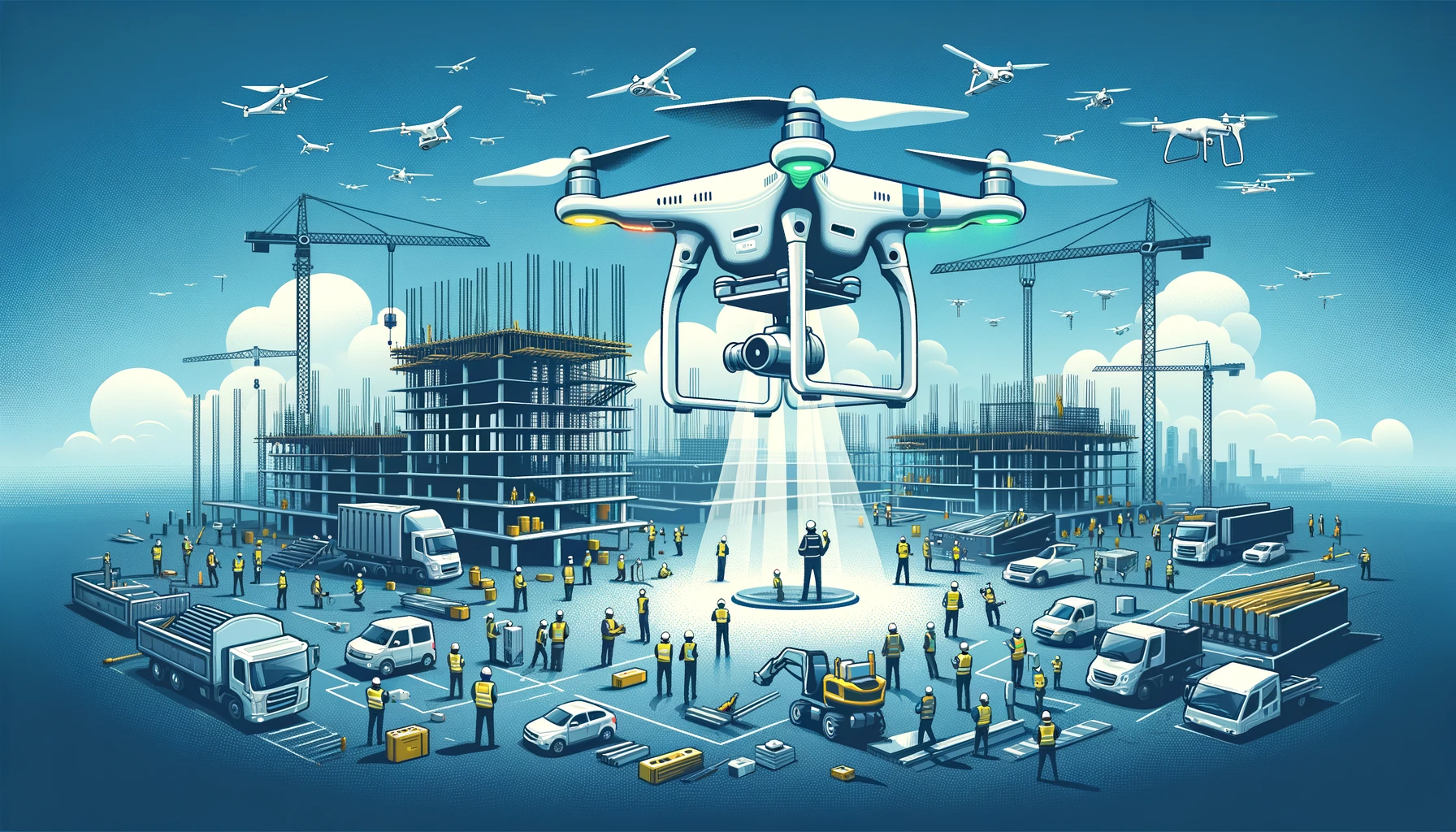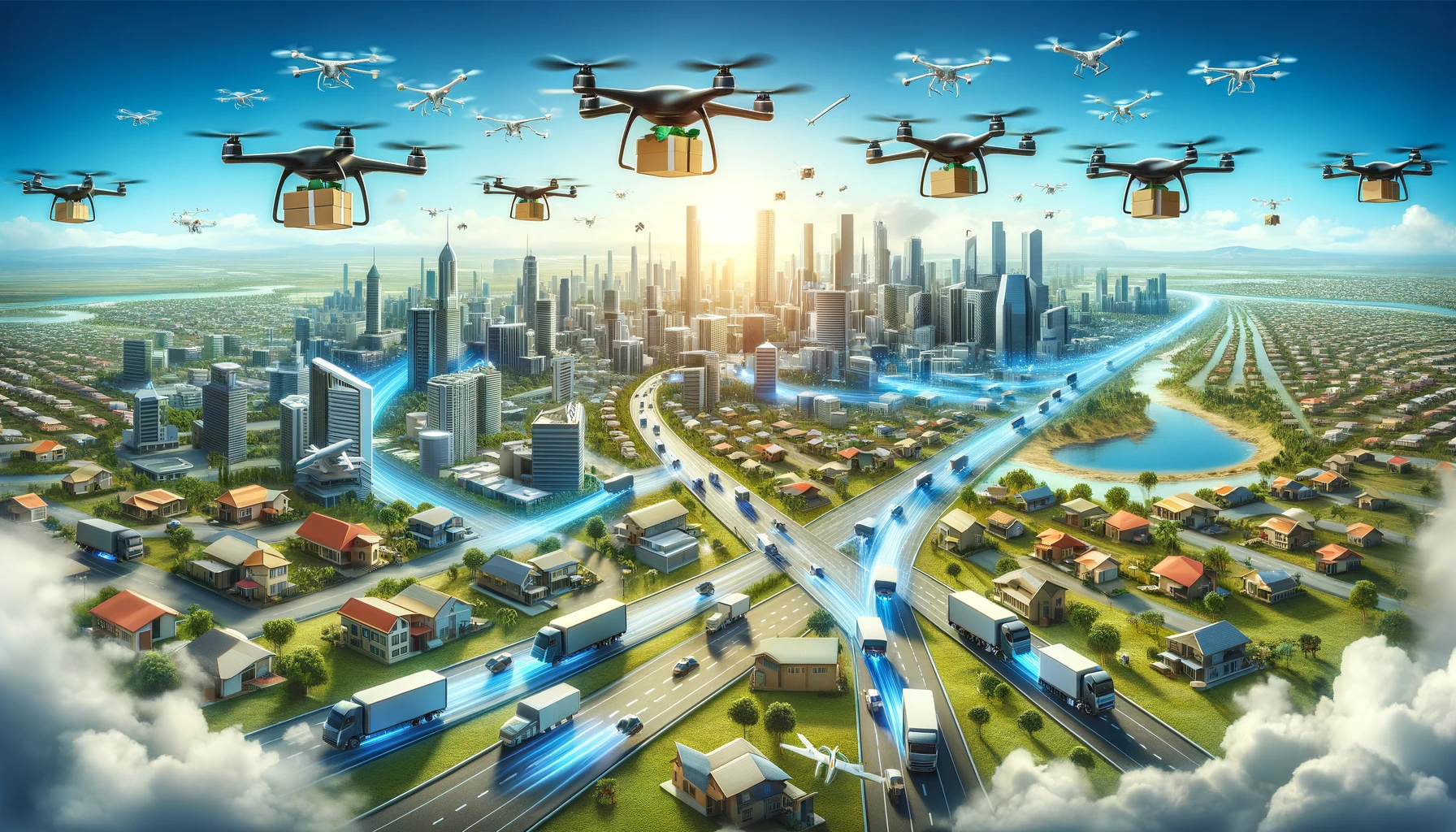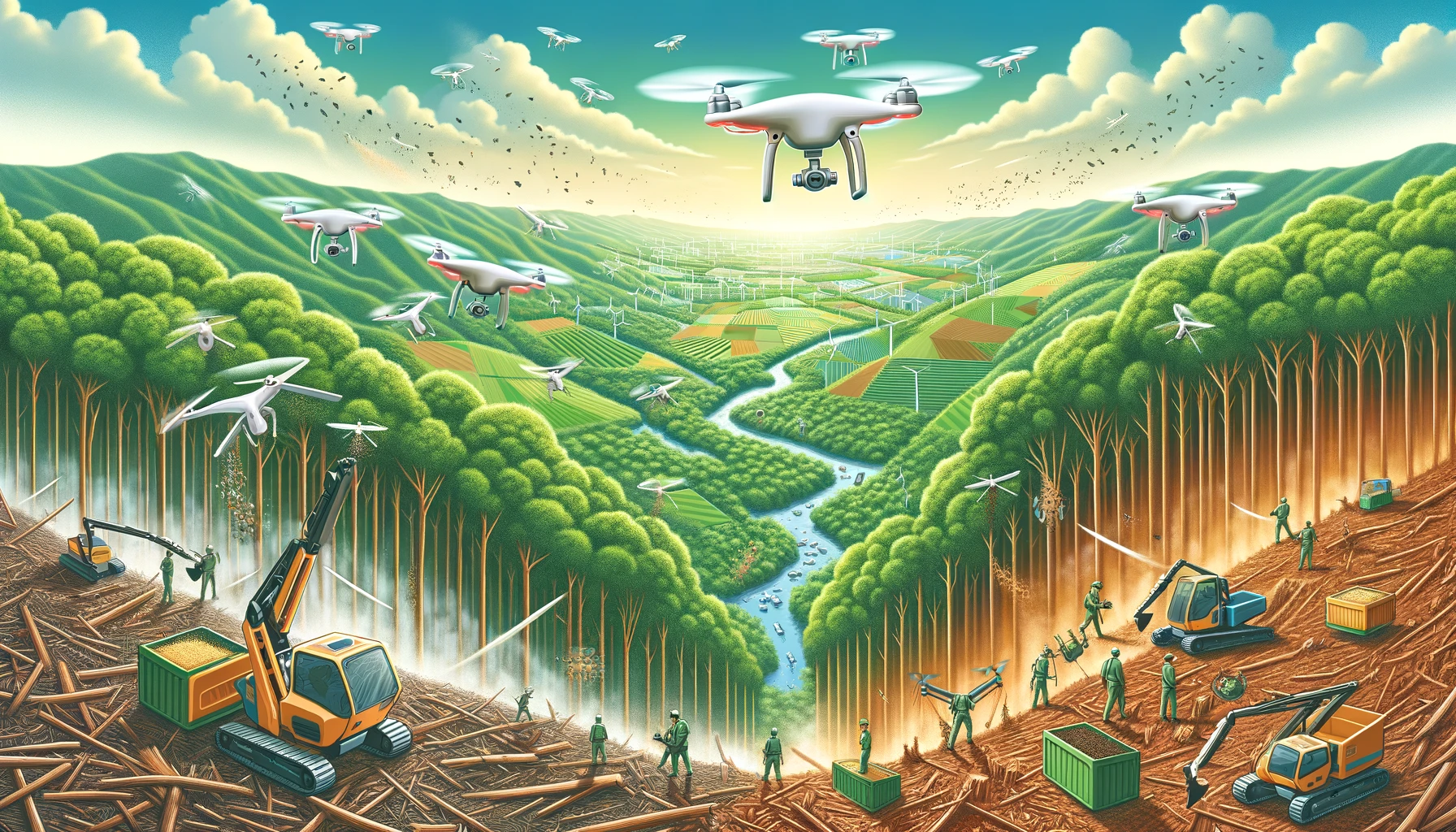In the rapidly evolving world of construction, drones are proving to be indispensable tools, revolutionizing the industry from the ground up. Offering a bird’s-eye view that was once costly and challenging to obtain, drones are now instrumental in every phase of construction and infrastructure projects. This article delves into the multifaceted roles drones play in construction, underscoring their contributions to enhancing efficiency, ensuring safety, and revolutionizing project management.
Transforming Surveying and Mapping
The initial stages of any construction project involve surveying the land and creating detailed maps. Traditionally, this process was time-consuming and labor-intensive. Today, drones equipped with advanced sensors and imaging technology can survey vast areas in a fraction of the time, generating accurate topographical maps and 3D models. This not only speeds up the planning phase but also reduces costs and potential errors.
Enhancing Inspection and Monitoring
Drones offer a safe and efficient way to inspect and monitor construction sites. Flying over, around, and inside structures, drones can capture detailed images and videos that are invaluable for assessing progress, identifying potential issues, and ensuring compliance with plans and regulations. This real-time monitoring capability enables project managers to make informed decisions quickly and keep projects on track.
Improving Safety and Risk Management
Construction sites are inherently risky environments. Drones contribute significantly to safety by providing aerial views of hard-to-reach or hazardous areas, reducing the need for workers to physically access dangerous locations. Moreover, drones can be used to monitor site conditions, track the movement of materials and machinery, and ensure that safety protocols are being followed, thereby minimizing risks and enhancing overall site safety.
Revolutionizing Project Management
Drones are changing the game in project management by offering comprehensive overviews of construction sites, facilitating better coordination among teams, and improving communication with stakeholders. By providing a continuous stream of up-to-date visual data, drones help keep projects within budget and on schedule, while also enabling more effective management of resources.
Navigating Challenges
Despite their advantages, the use of drones in construction comes with its set of challenges, including regulatory hurdles, privacy concerns, and the need for skilled operators. However, as the industry continues to embrace drone technology, these challenges are gradually being addressed through regulatory clarity, technological advancements, and training programs.
The Future is Now
As drone technology continues to advance, its applications in construction and infrastructure are set to expand even further. From automated drones performing routine inspections to the integration of drone data with building information modeling (BIM) systems, the potential for innovation is boundless. Drones are not just building the future; they are reshaping the very foundation of the construction industry.
Conclusion
Drones are playing a pivotal role in the construction and infrastructure sector, offering unprecedented capabilities in surveying, inspection, safety, and project management. As the industry continues to innovate and adapt, drones will undoubtedly remain at the forefront of building the future, proving that when it comes to construction, the sky’s the limit.



